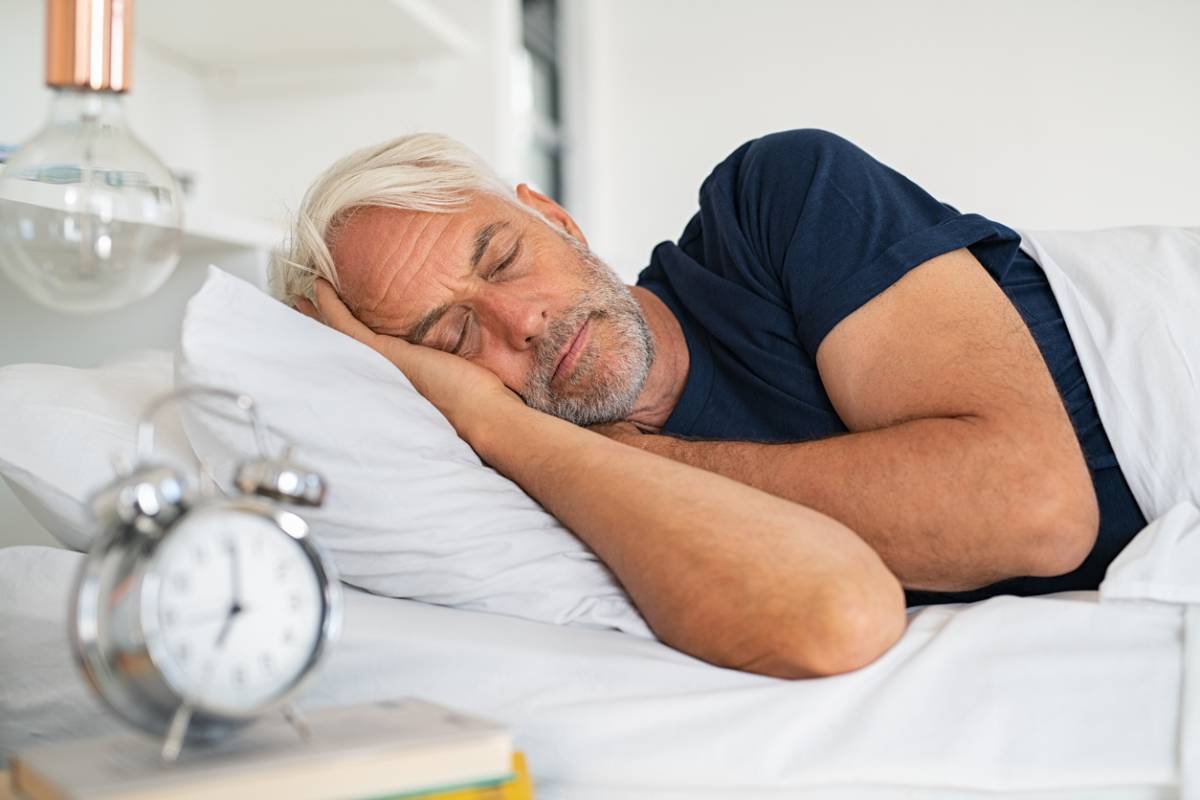A hair transplant may cause patients like you to feel a mixture of emotions. Still, one emotion that patients consistently report is that they are excited to see the results of the procedure. After all, a successful hair transplant can boost your self-confidence and make you feel good about your hair again. That being said, the results and the overall success of the procedure do not only depend on the skills and expertise of the surgeon. The success of the operation also depends on your post-operative care. And one of the most essential parts of recovery is how well you sleep after the transplant. Restful sleep is crucial to the healing and recovery process. Sleep helps in the repair and generation of skin cells and muscle tissue. It also helps regulate inflammation. Meanwhile, poor sleep or lack of sleep can disrupt the healing process and can even cause swelling and dislodge the newly implanted grafts. If you want to avoid these complications and give yourself the best chance at ensuring optimal results and a quick recovery process, continue reading our guide on how to sleep after getting a hair transplant.
How to Sleep After Getting a Hair Transplant
Sleep in a Proper Sleeping Position
It is important to prevent any unnecessary friction on the scalp, especially on the first few nights after the transplant. Remember that your scalp is still in a delicate state, and the newly implanted grafts need time to establish themselves. Any unnecessary friction can cause the grafts to be displaced. It can also lead to infection or poor healing. If you do not follow the proper sleeping position, you may experience swelling around your forehead and eyes that leads to a very uncomfortable recovery process. For faster healing and to ensure optimal results, follow proper healing practices
Elevate Your Head When You Sleep
Elevate your heat at a 30 to 45-degree angle for at least the first week after the procedure. This position can help promote proper blood circulation to the scalp and reduce swelling. A recliner or an adjustable bed can help you do this. Otherwise, a stack of two or three pillows can do the job for you. To avoid accidental movements and keep your head stable, you can also use a travel neck pillow.
Avoid Sleeping on Your Stomach or Side.
Sleeping on your stomach or sides can increase the risk of damaging the grafts because it puts direct pressure on the transplanted area. Sleep on your back instead and keep yourself in a stable position by putting some pillows around your body. Your surgeon will likely recommend that you sleep in this position for 7 to 10 days after the surgery.
Additional Tips for Comfortable and Safe Sleep
Use a Soft Pillowcase
Choose silk or satin pillowcases because they are gentle and can cause the least amount of friction on your scalp.
Ensure that Your Pillowcases and Bed Sheets Are Clean
Cleanliness is crucial in preventing infections. Remember to change your pillowcases every day during the first week after the transplant. Doing so can prevent or reduce bacteria buildup.
Do not Touch or Scratch Your Scalp
It is normal to experience itching while your skin is healing. It is part of the healing process. However, scratching or touching your scalp can dislodge your transplanted grafts or introduce bacteria. You may ask your surgeon to prescribe a soothing spray to give you some relief from the itching.
Manage Swelling Using a Cold Compress
It is normal to experience some swelling, especially around the forehead and eyes, after a hair transplant surgery. You can minimize it by using a cold compress. Apply a cold compress above your eyebrows, but not on your scalp, for a few minutes.
Drinking a lot of water and avoiding salty foods can also help with the swelling.
Avoid Drinking Alcohol
Drinking alcohol can cause complications and disrupt the healing process. To ensure that your skin heals as fast as possible, do not drink alcohol for 7-14 days after the procedure. Since surgeons have different opinions on how long you should abstain from alcohol, ask your surgeon for how long you should stay away from it.
In addition, you will have been prescribed antibiotics after the procedure. Alcohol and antibiotics do not work well together and can lead to adverse effects on your body.
Follow Your Surgeon’s Instructions
Your surgeon will provide you with detailed aftercare guidelines before you go home. You must follow this closely so you can ensure a fast and smooth recovery.
When Can You Return to Your Usual Sleeping Position?
After 7 to 10 days, you can gradually go back to the sleeping position you prefer. However, to make sure the graft is fully stable, it is still best to be gentle and avoid excessive pressure and friction to the scalp for 2 to 3 weeks after the procedure. It will be wise to ask your surgeon to recommend the best time for you to return to normal.
For more information on proper post-surgical care or overall scalp health, the American Academy of Dermatology offers practical insights that you may find valuable.
Let Us Help You Get Your Hair Back
Sleep plays a significant role in your recovery process after getting a hair transplant. With the right sleeping position and following your surgeon’s instructions, you can ensure a smooth recovery, fast healing and get the best possible result for your hair problem. If you have not yet undergone a hair transplant but are considering having one, call us and we will be happy to discuss how FUE hair transplant or other types of transplants can solve your particular situation.






 Schedule your Consultation Today
Schedule your Consultation Today